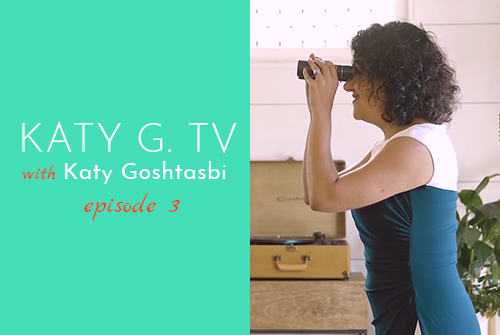Written by Katy Goshtasbi
Posted on: July 18, 2018
Share This

I’m always talking about, and teaching the concepts of, natural talent and natural strengths. Natural talent is not necessarily related to your career, whether you are a music artist, lawyer, doctor or engineer. It’s beyond your career and more about WHO you are as a person.
For some reason, music artists often don’t think this concept applies to them because they say their natural talent is music. I agree in part and in part I don’t agree based on what I said above. However, your natural talent has to be tailored for success as a music artist.
Why?
While everyone has a natural strength and talent, the way to maximize the value of your natural talent is to tailor it to your brand as a music artist. That way, there is clarity and consistency in your brand. Most importantly, people can tell you are naturally talented in a targeted area. They will gravitate to your natural talent even more so, as a result. They can tell you are really good at what you do. They can also tell you really enjoy your art. These two facts will emotionally resonate with your audience and guarantee a natural and continued following.
How?
It can all seem so overwhelming when you are busy writing music, playing various venues AND marketing your music. I know how hard it can be to focus on so many things at the same time. I’ll make it very easy. I only want you to focus on one thing. Just focus on what is that one thing you do in your day to day musical career that makes you super happy. Put another way, what is that one thing you do so easily when you wake up each day that you don’t even think about it and do with ease, but others may not be able to do with such ease? Put a third way, why did you get into the music business?
Take some time and think about the questions above. Sit and write your answers while reflecting back and looking to the future. Great brands are intentional and deliberate. If you need more support, contact me. I’m here to support you. Otherwise, download the Adapt and Adopt Guide here.







 I think about what makes a good leader all the time- not just for my clients, but for myself. I’m getting ready to take over as Chair of a board. As often happens, there are some issues that have opposing viewpoints. This of course leads to friction and differing positions. Not to mention the poor communication between board members.
I think about what makes a good leader all the time- not just for my clients, but for myself. I’m getting ready to take over as Chair of a board. As often happens, there are some issues that have opposing viewpoints. This of course leads to friction and differing positions. Not to mention the poor communication between board members.